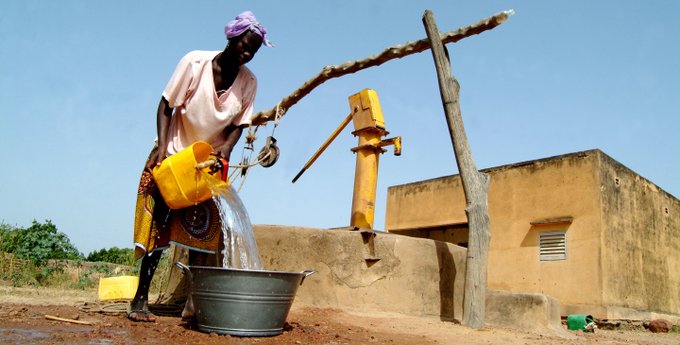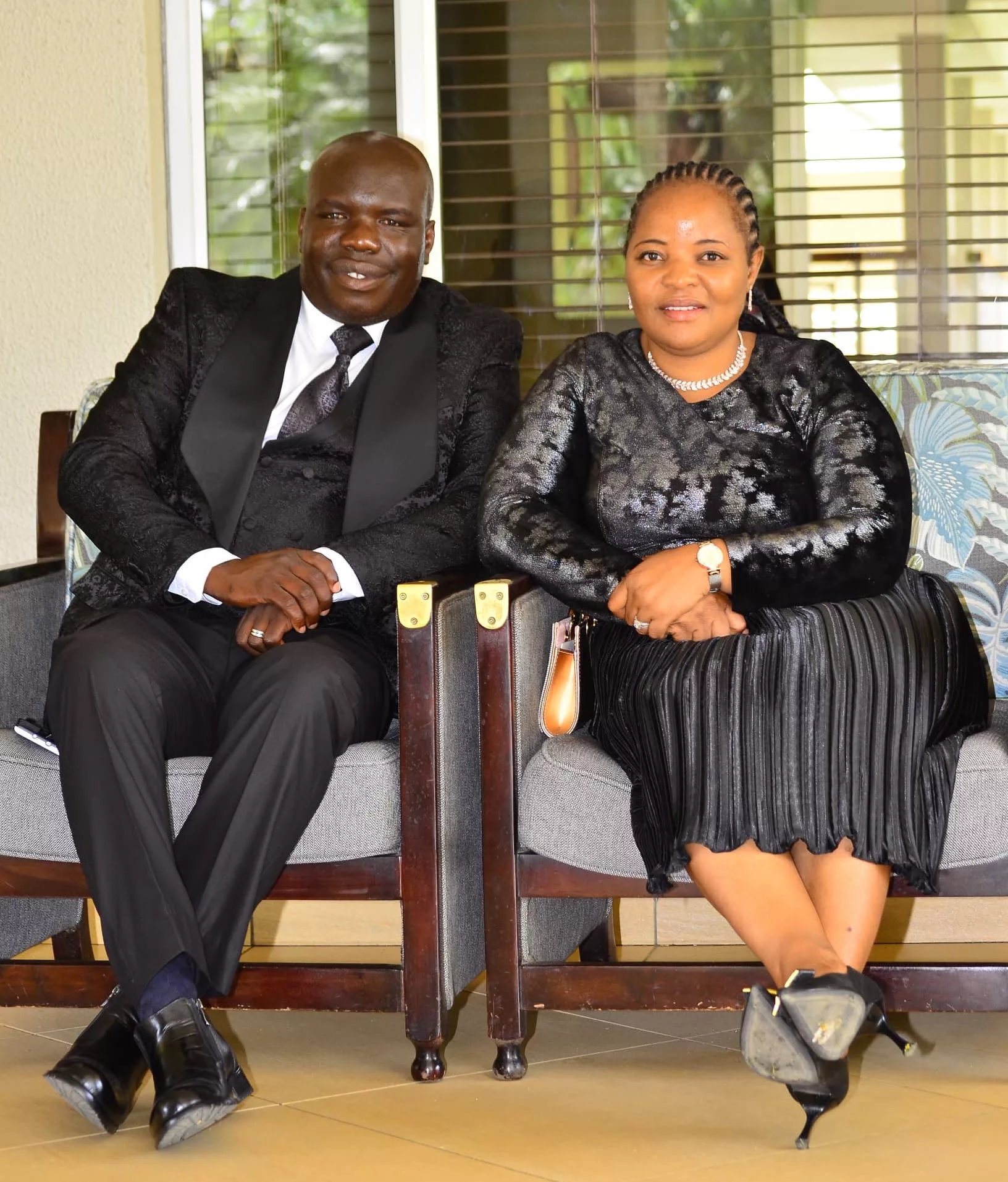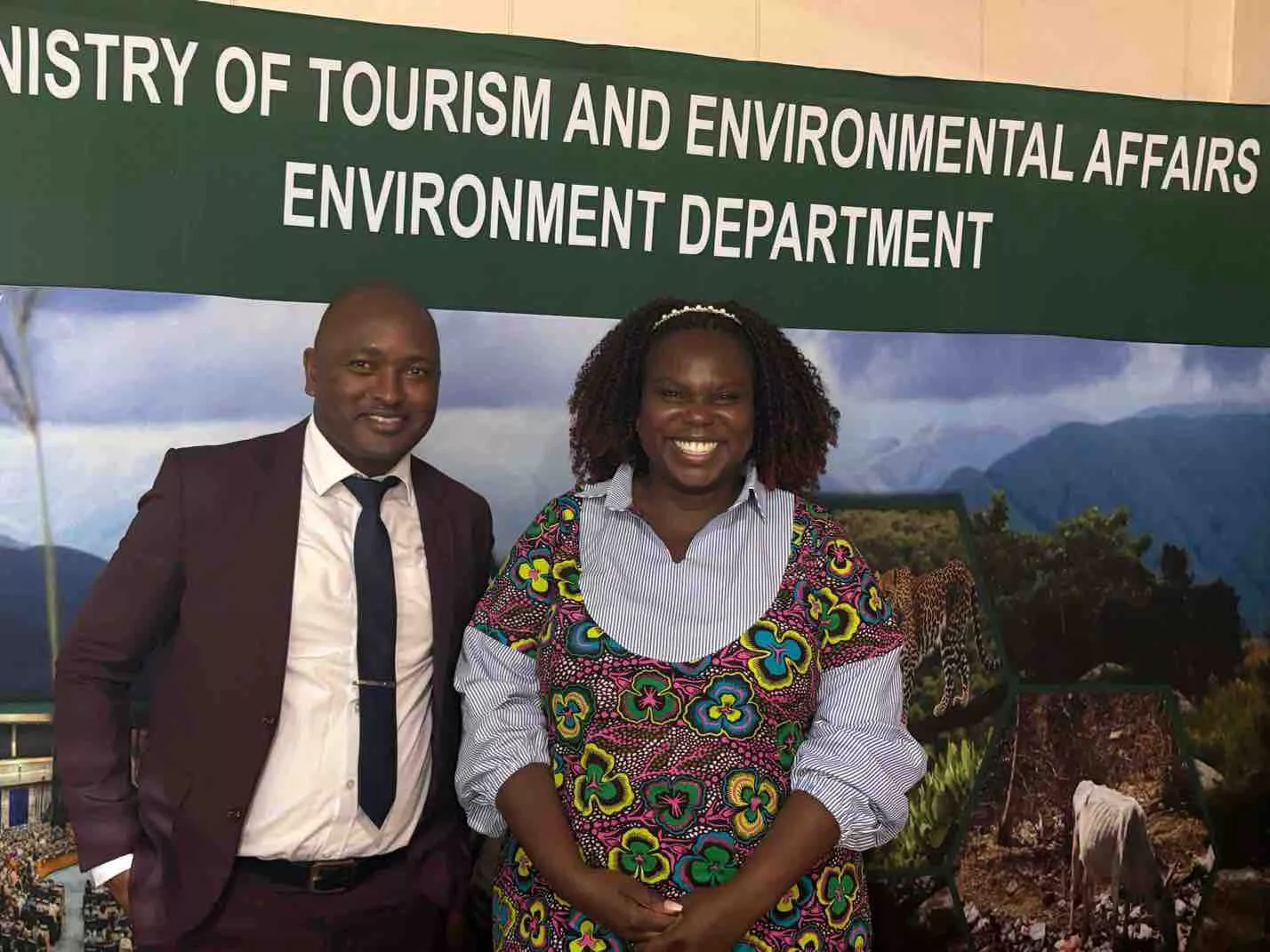|
Getting your Trinity Audio player ready...
|
By International Crisis Group
Climate change is increasing the risk of conflict across the Horn of Africa. Intensified droughts and floods render land unusable, force people from their homes and compel them to compete for resources. They also raise the stakes in transboundary water disputes. The climate-conflict link is evident in Kenya, where four consecutive years of failed rains appear to be exacerbating ethnic tensions between farmers and herders jostling for access to scarce land and water.
It is apparent in South Sudan, where the Nile’s increasingly erratic and extreme flooding has driven herders south into the Equatoria region, heightening communal frictions and the risk of violence there. In Somalia, where the state is battling a strong Islamist insurgency, Al-Shabaab, climate change risks further destabilisation by allowing that group to expand its influence, as it steps in for the government to provide services in the drought-stricken countryside.
People in all these countries would benefit from “climate adaptation” efforts, though the specifics of what would be helpful differ from one case to the next, with the common denominator being the need for donor funding, and better governance structures to help ensure it is appropriately spent. Resources, however, have been in short supply. While the European Union (EU) has been at the forefront of financing climate adaptation, there is still more that it can do.
In helping prevent and mitigate climate-related conflict, the EU and its member states should:
- Increase funding for climate adaptation and resilience in conflict-affected areas across the Horn including by working with local partners to identify feasible projects, favouring grants over loans, working to strengthen local governance and taking into account the people most vulnerable to climate security risks, including women and girls;
- Further strengthen data-sharing efforts and cooperation in support of early warning systems – such as the Intergovernmental Authority on Development’s (IGAD) Conflict Early Warning and Response Mechanism – and support affected states in bolstering their early response efforts;
- Encourage the UN Security Council to take a more prominent role in coordinating the global response to climate security risks, including by helping gather evidence that can address arguments raised by sceptics on the Council and by pushing the Council to insert more climate security provisions in country-specific resolutions.
Three Case Studies
Climate change is aggravating risks of violence in different ways across the region.
Kenya: Resource Competition Amid Prolonged Drought
Prolonged drought across the Horn of Africa is driving land and resource competition, including between farmers and herders in Kenya. Drought has hit hardest in the country’s northern arid and semi-arid regions, devastating the population and inflaming violence and banditry.
The violence is particularly intense in Laikipia and Baringo, two counties in the Great Rift Valley, where clashes – between herders and farmers, between groups of herders and between security forces and herders – have caused at least 95 deaths since September 2021. Herders have long felt aggrieved by colonial-era land policies that moved them out of some of their traditional lands and set aside tracts for private ranches and farms. Over time, larger numbers of cattle on the remaining pasture led to land degradation that climate change has accelerated. Today, as herders migrate in search of new pasture, tempers are flaring against the backdrop of local electoral disputes and increased flows of illicit firearms.
While outbreaks of violence, some resulting from illegal grazing on private ranches or conservancies, are not new, the drought – coinciding with the election quarrels – appears to be stoking it. Lack of water and adequate pasture has killed up to three-quarters of the livestock in parts of Kenya, some 1.4 million cattle, over the past two years.
These losses are a staggering blow, given that cattle are a source of not only wealth but also nutrition, particularly for breastfeeding mothers, children and the elderly. Russia’s war in Ukraine has had an impact, too. Kenya depends heavily on eastern Europe for grain and other imports, which has meant hikes in food, fuel and cooking oil prices. The country also faces a youth bulge – a growing proportion of young people in the population. As job opportunities dwindle, too many youths, mostly men, reportedly feel forced to support themselves and their families by raiding farms and villages and committing other acts of banditry.
The resource tensions overlap with communal differences, as herders and farmers come from a variety of ethnic groups. Another season of poor rains is on the horizon, potentially heralding further resource competition and the related potential for intercommunal violence.
South Sudan: Flooding, Displacement and Conflict over Land
If shortages of rain are a problem, so too is too much rain falling at once. Within the Horn, South Sudan’s lowland river plains are particularly vulnerable to floods. Over recent years, heavy rainfall and rivers overflowing their banks have inundated swathes of territory, uprooting hundreds of thousands of people. In 2021 alone, flooding displaced over half a million South Sudanese. The country is now suffering its fourth consecutive year of severe flooding, affecting hundreds of thousands more.
Flooding, too, can combine with other factors to fuel violence. In South Sudan’s centrally located Jonglei state, the White Nile over recent years has been the source of significant flooding. Flood waters have pushed heavily armed Dinka herders to seek higher ground. Many followed their kin who had already migrated into the Equatoria region in the south for a variety of reasons – for example, to move out of the flood plain and in search of better pasture. There, the growing numbers of Dinka herders are clashing with members of ethnically diverse communities for a range of reasons – from disputes over cattle and access to grasslands to local efforts to push the Dinka out of the area.
Many of those locals rely heavily on agriculture for their livelihoods. They accuse the migrants and their powerful elite kinsmen, who dominate South Sudan’s national politics, of plotting to occupy their land. Against this backdrop, aggrieved Equatorian groups have formed communal militias to expel both old and new arrivals.
The costs of the floods and related violence tend to be borne disproportionately by the most vulnerable – notably women and children. Across South Sudan, there are reports of gender-based violence against displaced women and girls perpetrated by militias and state forces but also by fellow displaced persons. Kidnapping of women whose husbands or male kin have fled with family cattle to higher ground – sometimes to secure ransom payments or in retaliation for past attacks – is common.
Somalia: Taking Advantage of Service Gaps
In Somalia, too, the weather has played into conflict dynamics.
Somalia’s federal government is grappling with the worst drought in four decades, which has displaced a million people and put more than 300,000 at risk of starvation. Little relief is in sight. The March-May 2022 rainy season was exceptionally dry, and the forthcoming October-December short wet season is likely to be as well. Already, 7.8 million people in Somalia today suffer from hunger.
Gaps are evident in the international response. Only about two thirds of the UN’s 2022 appeal for Somalia – it is seeking $1.5 billion – is funded. Aid agencies avoid many rural areas for fear of Al-Shabaab, and some organisations are deterred by the chilling effects, both legal and reputational, of U.S. sanctions against the group and its members. Many agencies are trying harder to reach parts of the countryside controlled by Al-Shabaab, but their reach remains minimal.
At the same time, the lack of support for drought-affected communities has created an opportunity for Al-Shabaab. Militants step in as an alternative to the government to provide services and profit both reputationally and financially. Al Shabaab has initiated some relief operations, and there is evidence that the group has seized water points in central and southern Somalia in order to tax or otherwise assert control over residents. Conversely, the group reportedly has destroyed or poisoned water wells and induced flooding in retaliation against communities it believes support the government. To the extent that these circumstances permit Al-Shabaab to increase its power and influence relative to state authorities, they detract from the government’s efforts to stabilise the countryside and risk prolonging the conflict.
What the EU Can Do
Donors like the EU and member states can help address the pressing human needs created by the nexus of climate change and conflict across the Horn.
To some degree, the wide range of problems that arise across the region require a differentiated approach to adaptation. In Kenya, for example, efforts to help rural residents adapt to climate-linked conflict risks might focus on reinforcing local mediation efforts that, on a small scale, have seen success in separating clashing herders and farmers. By contrast, in South Sudan, the emphasis could be on efforts to clarify land rights for Equatorian peoples and protections for the displaced. The latter might include assistance with the basic modalities of migration like designating potential corridors, grazing land, timetables for returns, protections for farmers and host communities, and adjudication mechanisms. Given the deep political roots of the Equatorian grievances, these reforms need to be buttressed with structured dialogue between Equatorian peoples and the displaced to cool the political temperature. As for Somalia, political challenges are even more formidable: while the war rages, it is hard to see how the federal government can reach the roughly 800,000 people living in territory that is under Al-Shabaab’s control so as to offer them government support and services.
There is, however, a common denominator in that each of these climate adaptation solutions require resources, which have been lacking. The EU and its member states are the world’s largest providers of climate finance, and Brussels also recognises the link between climate and conflict in the Horn. Moreover, the EU’s 2021 Horn of Africa Strategy identifies climate change and environmental degradation as risk multipliers that can exacerbate pre-existing conflicts, displacement crises and resource competition.
Still, total adaptation aid for the Horn remains inadequate, with the funding gap between conflict-affected and other states growing wider every year. There are practical reasons why: donors have not delivered on their commitments, conflict conditions make investment hard and governance conditions make it even harder to know that money is being appropriately spent. Climate security challenges have also come on fast in the past several years, faster than expected, especially in the Horn, and regional and international discussions have not kept pace. For example, efforts to raise climate security up the agenda of the UN Security Council have struggled in the face of scepticism from members such as Russia, China and India.
While the EU and member states cannot fill the entire gap by themselves, they can do more. They should work with local partners who understand the conflict landscape to identify openings for relief and adaptation programming that is tailored to the realities on the ground and takes into account the particular vulnerabilities of certain populations, including women and girls.
They should support these projects wherever possible through grant-based finance – as opposed to “non-concessional” interest-bearing loans, which the Horn’s poor, debt-burdened states cannot afford. (The trend toward grantmaking is already underway.) They should also invest in efforts to improve the capacity of local governments in at-risk regions to absorb adaptation funds. They should also continue to develop creative financing approaches such as “blending mechanisms” that mix grantmaking and long-term financing to help coax investors into adaptation projects by better managing their risk.
In addition to financing climate adaptation, EU and member states should also support complementary efforts – including by strengthening data-sharing partnerships in support of early warning systems – to better identify and prepare for climate-linked conflict risks. These efforts can be folded into the EU’s current support for IGAD’s Conflict Early Warning and Response Mechanism. Because early warning must be accompanied by early action to be effective (a gap in the IGAD system), the EU should look further into ways to strengthen the capacity of regional states to prepare early interventions in cases of impending climate risks.
Finally, the EU and member states should support efforts to find a central forum to discuss and develop solutions for climate security issues in the international system. As Crisis Group has previously argued, the UN Security Council is the leading candidate. While Russia blocked a proposed resolution in late 2021 that would have outlined a more systematic approach to climate security issues for the Council, proponents have kept the agenda alive. With a new slate of elected members joining the Council in January, the new year could bring fresh opportunities. At the very least, the EU and member states (particularly those represented on the Council) should support efforts to develop research and evidence that can address the reservations that sceptical members have expressed about taking the Council’s work in this direction. Seeking to coax China toward a more supportive position, after its abstention on the 2021 resolution, would be a useful focus. They should also work to preserve and expand climate security language in country-specific resolutions.






